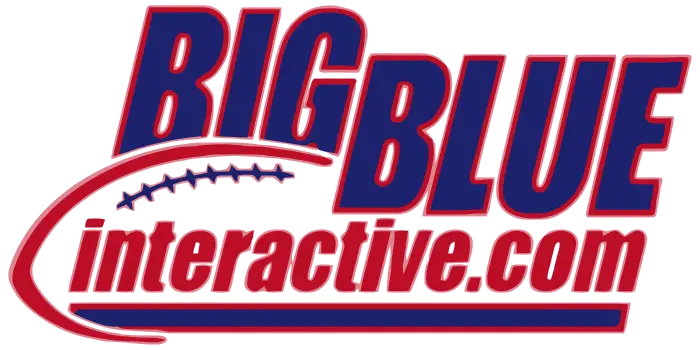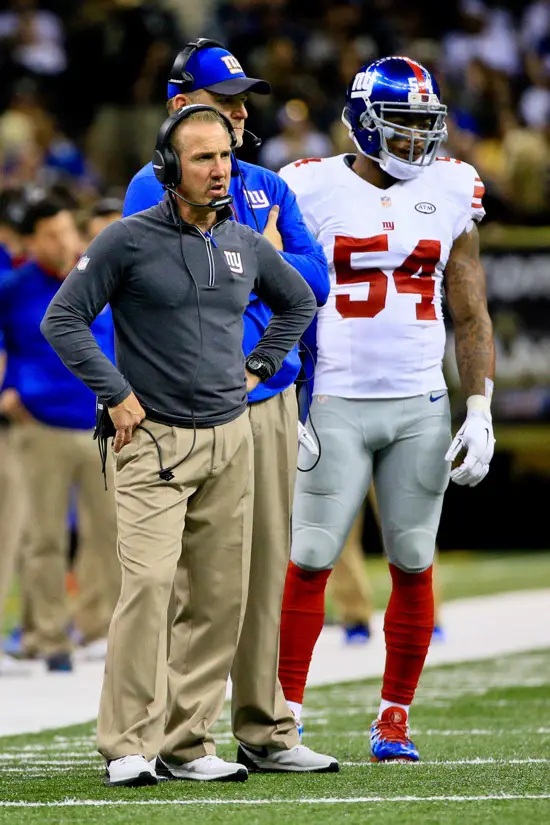
by Eric Kennedy | Feb 17, 2016 | Articles, Features
Now that the dust has settled and the New York Giants have officially announced the make-up of Ben McAdoo’s coaching staff, let’s take a closer look at its composition. Overall, not counting the head coach, there are 20 coaching positions. Eight of the 20...
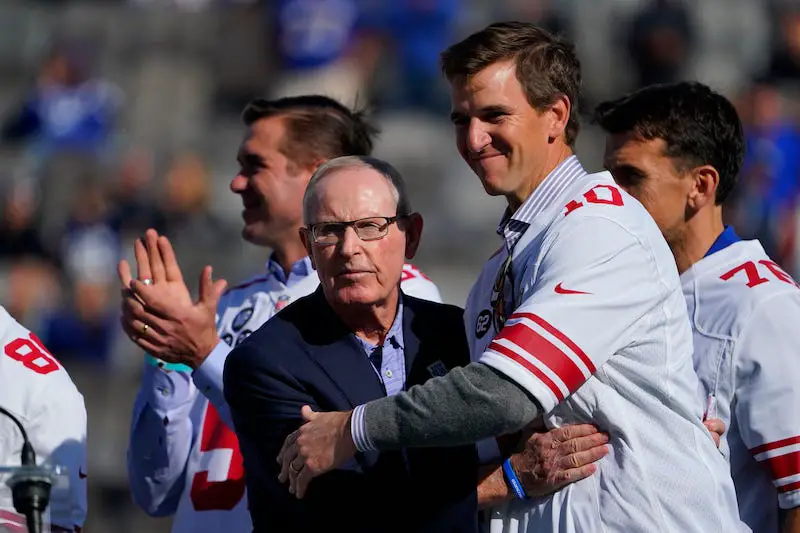
by Eric Kennedy | Jan 4, 2016 | Articles, Features
In January 2004, the New York Giants appeared to be a broken franchise. The team that had come tantalizing close to an NFL title in 2000 had once again begun to slip into mediocrity. It had been 13 years and three head coaches since the team’s sixth NFL title in...
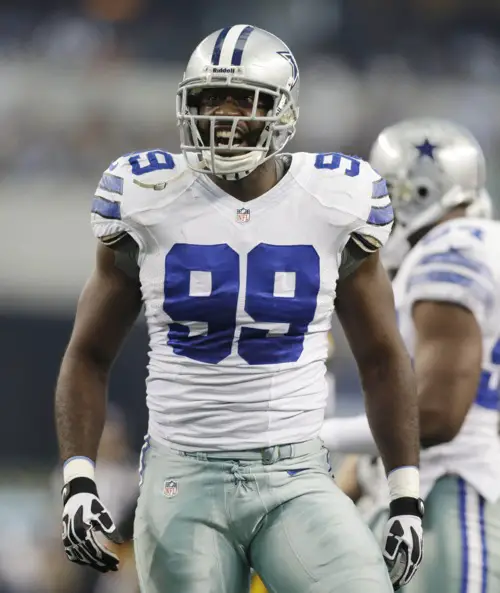
by Eric Kennedy | Apr 6, 2015 | Articles, Features
As discussed in our spotlight on defensive tackle Kenrick Ellis, the defensive line of the New York Giants has been in a state of decline. This has been most noticeable at defensive end where the Giants have seen the deterioration and departure of Osi Umenyiora,...
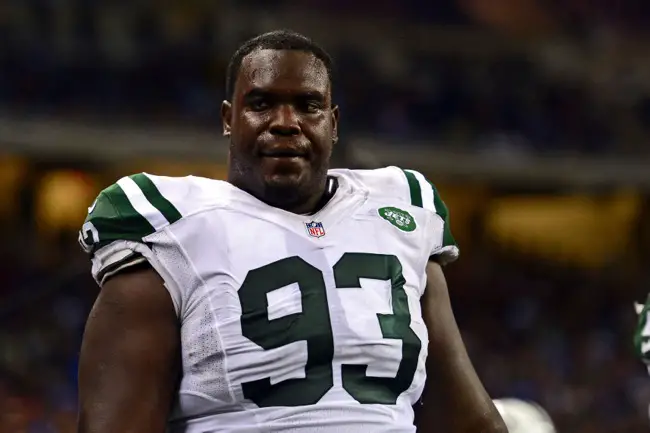
by Eric Kennedy | Apr 1, 2015 | Articles, Features
Heading into the offseason, it was clear to many, including team officials, that the New York Giants had to get better on both sides of the line of scrimmage. The once-vaunted defensive line has clearly declined. While the Giants actually finished fourth in the NFL in...
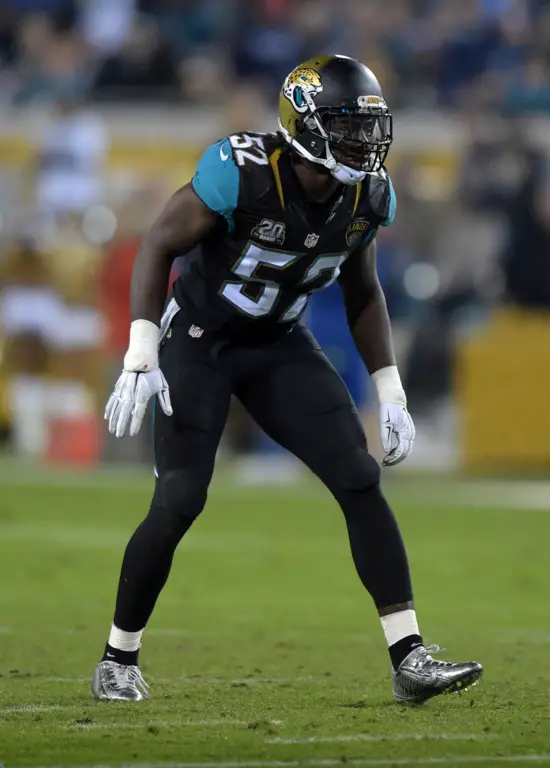
by Eric Kennedy | Mar 29, 2015 | Articles, Features
[contentblock id=1 img=html.png] As discussed in our free agent spotlight on linebacker Jonathan Casillas, the New York Giants have been forced to upgrade the linebacker position in free agency because of their failed attempts to do so from the college ranks. After...
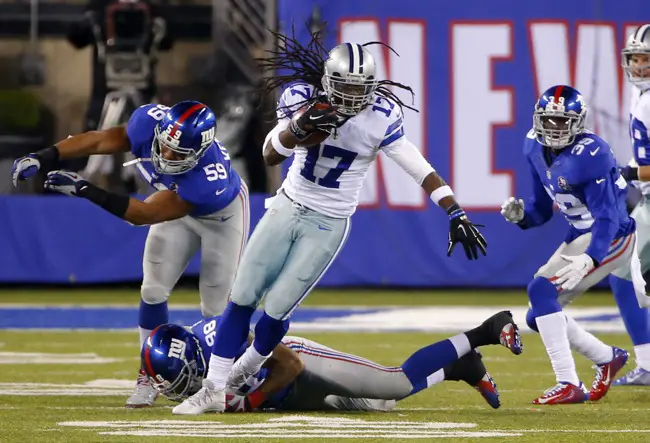
by Eric Kennedy | Mar 24, 2015 | Articles, Features
[contentblock id=1 img=html.png] When the free agent period officially opened on March 10, the New York Giants moved quickly to sign five players. Wide receiver and returner Dwayne Harris of the Dallas Cowboys was one of the five. And surprisingly, Harris’...







